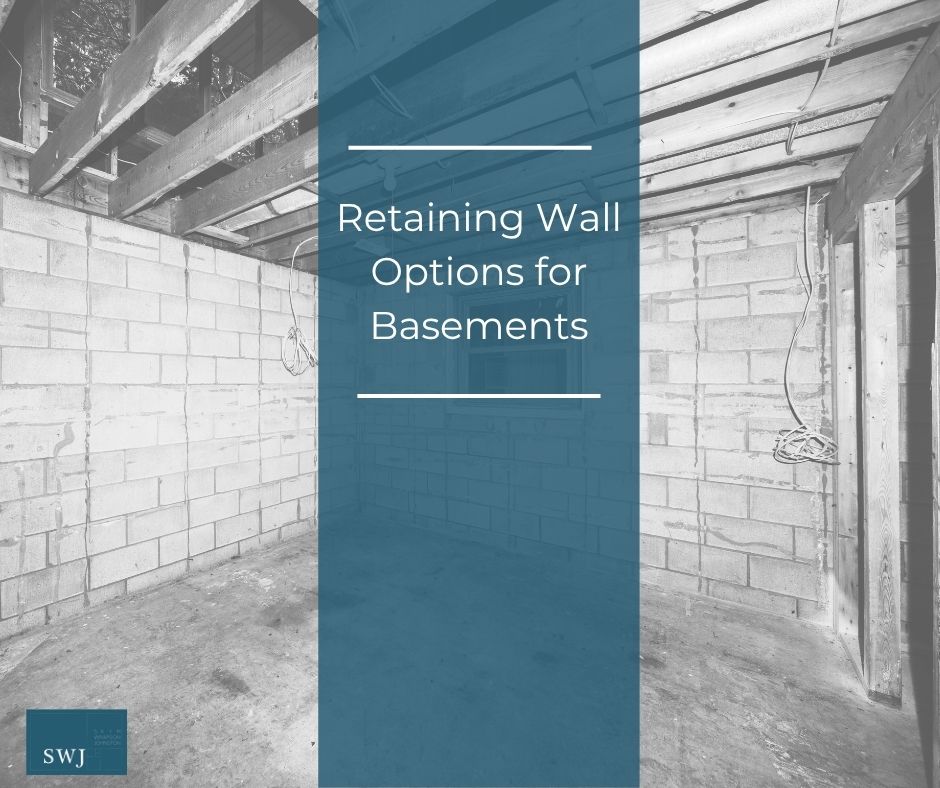Believe it or not, less is sometimes more in Structural Engineering; the skill is in knowing when.
An engineer’s instinct is to err on the side of caution. It’s certainly the reputation we have in the industry of sometimes being over-cautious but we’re the ones who make sure that bridges don’t collapse, buildings stand firm, and everyday structures are safe and reliable. But there is a fine line between designing something to be safe and over-designing it to the point that it creates new, unintended problems as well as general inefficiency.
Take the example of a three-legged stool. A simple analogy that illustrates the potential pitfalls of adding complexity in the name of safety.
The Three-Legged Stool: A Lesson in Balance
With a classic three-legged stool each of its legs bears an equal share of the load, about 33% per leg. If one leg is slightly shorter than the others due to manufacturing tolerances, it wouldn’t create too much of an issue; the stool might not be perfectly flat, but it will not wobble, it will remain stable and can function as intended. The load is still equally distributed, and no leg is overstressed.
What if the engineer decided to add a fourth leg. More legs mean more stability, right?
In reality, it’s unlikely that all four legs will be the same length. Manufacturing tolerances mean that tiny variations will occur, leading to instability. Now, instead of a stable stool on three legs, you’ve got a wobbly one on four. Worse still, when the stool sways from side to side, the load is no longer being evenly distributed, it’s now only being carried by two of its four legs. Instead of each leg supporting 33% of the load, those two legs are bearing 50% each.
In trying to make the stool ‘safer’ with an additional leg. The chances of it failing under load have been increased.
The Counterfactual: More Isn’t Always Better
This anecdote serves as a powerful reminder to engineers: more isn’t always better. Just because you can add more material, more safety factors, or more complexity to a design doesn’t mean you should. In fact, sometimes these additions can backfire, introducing instability or unintended weaknesses that wouldn’t have existed otherwise.
It’s the classic counterfactual: When you make an intervention you think will improve a system, only to find it creates more problems than it solves.
Good Design Is About the Whole Picture
The lesson here is that good design isn’t just about the math or throwing more material at a problem. It’s about understanding the entire system—how the building will be constructed, how it will perform over time, and even how it will eventually be decommissioned. This holistic approach is what separates a merely functional design from a truly great one.
For example, adding redundancy to a structure can often be a good thing, but only if done with careful consideration. If these extra beams or braces aren’t properly coordinated with other systems, they might create points of weakness rather than providing strength. This is where engineering soft skills come into play—collaboration with architects, contractors, and other specialists ensures that every part of the system works together, rather than in conflict.
A good reminder for balance
The three-legged stool serves as a humble yet powerful reminder that in engineering, simplicity and balance often trump complexity and excess. Trying to make something ‘safer’ by adding more can lead to instability, and that’s why it’s essential to understand the entire design process—from manufacturing tolerances to installation realities.
Structural engineering isn’t just about numbers or safety factors. It’s about creating systems that work harmoniously, understanding that more isn’t always best, and ensuring that every part of the design is pulling its weight—literally and figuratively. Whether it’s a three-legged stool or a high-rise tower, great engineering is about knowing when to add, and more importantly, when to stop.




